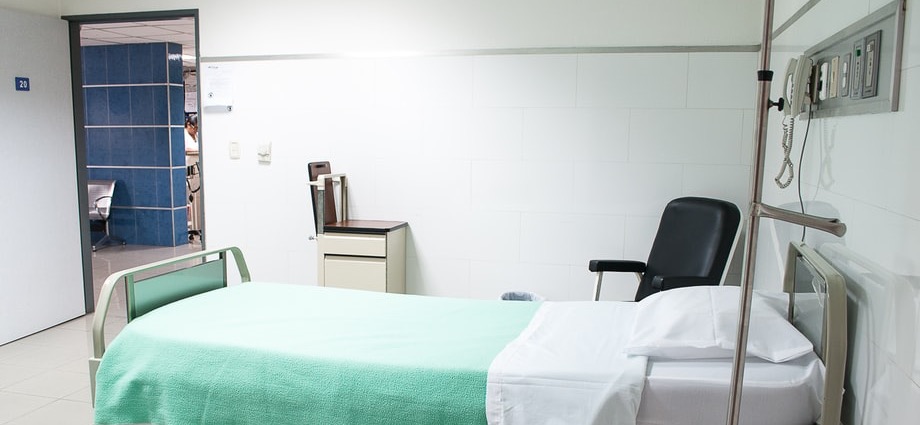According to Biomedical Waste Solutions, hospital beds produce an average of 33Lbs of medical waste per staffed bed each day. In the United States, this amounts to around 5.9 million tons annually. All of this waste must be disposed of properly for reasons of public health and environmental pollution. Currently a large body of regulation exists for disposing of this waste properly. Waste management is notoriously underfunded in hospitals.
Hospitals also consume a large amount of energy. Hospitals need energy for heating, cooling, lights, fans, etc. Without adequate energy, hospitals can’t provide the health care many depend on. In addition, hospitals need reliable power in case of emergencies and the ability to be self-sufficient for periods of time in the rare case our grid isn’t available.
Waste to energy is one solution that can address both challenges hospitals face simultaneously. Some of the waste that is sent to landfills could be sent to a waste to energy machine on site. The power generated could then be used for heating a cooling of the building, saving large amounts of energy from grid as well as large sums of money.
Incorporating waste to energy onsite at a hospital can reduce greenhouse gas emissions associated with the waste stream and reduce the amount of energy received from the grid including energy produced using dirty fossil fuels. Hospitals are in the unique position to utilize this technology and receive the outcomes of becoming more self-sufficient and sustainable while saving money.

